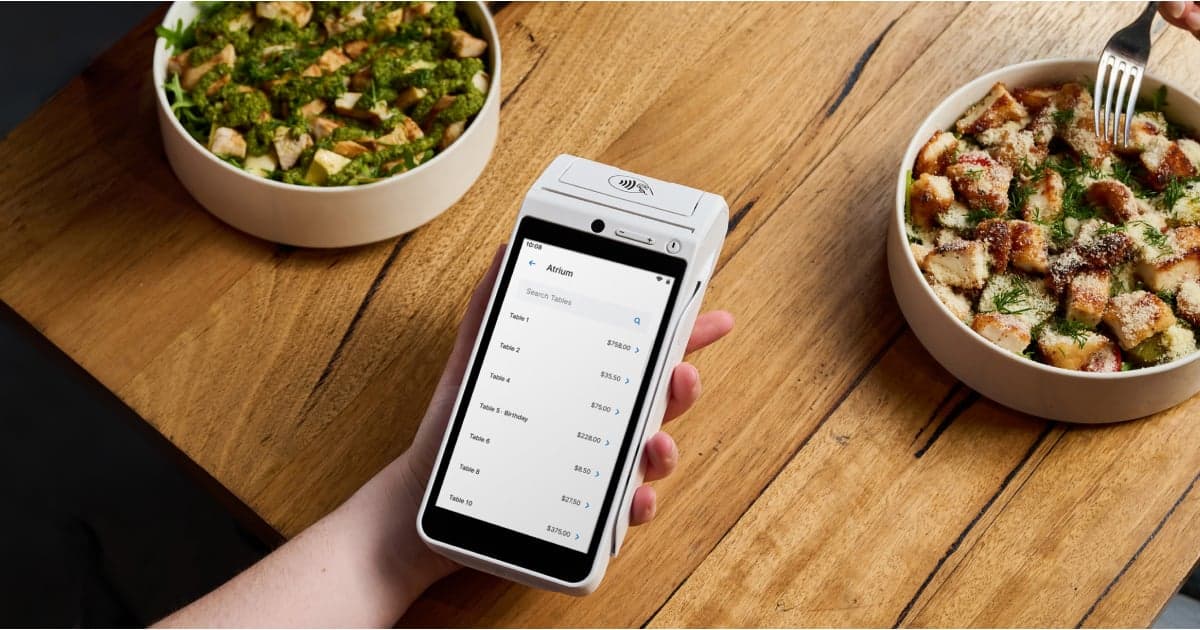
- Zeller for Startups
How to Build a Sustainable Startup Team Culture
Startup culture isn’t just table tennis, pizza Fridays and funny GIFs on Slack.
Those things are all great, but they’re not really what drives people to stay up late solving hard problems or rally behind a shared mission. The real culture of a startup lives in what people do when no one’s watching – how they make decisions, handle conflict, support each other and show up when things get tough.
A company’s culture is like an iceberg: the visible stuff above the surface may get attention, but the bulk of what matters lies beneath in the shared values, behaviours and assumptions that shape how your team operates. Culture is an invisible force that can either propel your startup forward, or quietly pull it apart. That’s why building a healthy, sustainable team culture can’t be left to chance.
Why startup culture matters from day one.
Culture isn't a "nice-to-have", it's a critical foundation. Your early team sets the tone for everything that follows. Toxic personalities or bad habits can veer your company off course, sometimes quickly. As the saying goes, ‘culture eats strategy for breakfast’. Even the best business plan falters if the company's culture is misaligned. Studies show founders' cultural choices can actually have more impact on startup success than even the initial idea or funding.
A well-cultivated culture inspires motivation, collaboration and resilience. Conversely, a dysfunctional culture leads to miscommunication, low morale and high turnover, potentially lethal for an early-stage company. By prioritising culture from the start, you lay the groundwork for sustainable growth.

Practical team-building strategies for startups.
Even with just a few team members, you can build a great culture. Here’s how.
Hire for values and cultural fit, not just skills: Each early hire has an outsized impact. Look beyond technical talent for people who share your core values and mission. One arrogant "rock star" can drag everyone down, whereas someone passionate and collaborative lifts your culture every day.
Foster open communication and transparency: Create a culture of trust and dialogue. Encourage everyone to speak up and share ideas freely. Lead with transparency about goals and challenges. When people feel heard and understand what's happening, they become more invested.
Invest in team-building and celebrate wins: Strengthen bonds with simple activities like team lunches, monthly outings, or virtual games. Celebrate small wins by toasting project launches or giving shout-outs.
Encourage personal and professional growth: Support teammates in improving their skills and advancing their careers through online courses, mentorships, or passion projects. When people feel they're growing with the business, they stay motivated. As a founder, be a coach helping each person reach their potential.
Recognise and reward contributions: Acknowledge hard work through public compliments, rewards or promotions. Also, give detailed, constructive feedback frequently so everyone knows how to improve. Good feedback is gold.
Share ownership and encourage leadership: Give your team real ownership of their work. Set clear outcomes and let individuals find their path without micromanagement. This autonomy speeds execution and develops future leaders. Reward initiative and accountability to nurture an entrepreneurial mindset.
Define and maintain your values as you grow.
Define your startup's core values early. These guiding principles explain what your company stands for and how team members should behave.
Start by asking, what values do we want to embody? What behaviours are non-negotiable? Brainstorm with your early team, then distill the list to specific, meaningful values rather than buzzwords. For example instead of "Integrity," choose actionable phrases like "Customer first" or "Speak up."
Make values a living part of your company. Introduce them during onboarding, weave them into conversations, and use them in decision-making. Be prepared to evolve values as your team grows. Revisit them at milestone team sizes (e.g. 10, 20, 50 employees) to ensure they still resonate. Include newer team members in these discussions to integrate their perspectives.
Balance flexibility with accountability.
Startup culture typically embraces flexibility – minimal bureaucracy, adaptable processes, flexible working arrangements. This flexibility is advantageous for moving fast, but must balance with accountability. Think of it as being loose and tight in the right places: loose in how people work, tight in the outcomes they deliver.
It might not matter what time of day your developer writes code or if your graphic designer works remotely, that's flexibility. But pair it with clear expectations about quality standards, deadlines, and targets. Each team member should understand what they owe the team.
Set clear, transparent goals for the company and individuals so everyone knows what they're aiming for. Track progress regularly through brief check-ins or project boards. Empower team members with ownership of their domains, giving them decision-making authority alongside responsibility for outcomes.
When mistakes happen, focus on solutions and learning rather than blame. Maintain open communication where anyone can flag concerns early. As a founder, model this balance yourself by demonstrating accountability in your actions while respecting healthy boundaries.
Steer clear of toxic hustle culture.
The startup world often glorifies "hustle", 80-hour weeks and an always-on mentality. While hard work is necessary, toxic hustle culture ultimately causes burnout. A culture expecting frequent late nights and constant availability might yield short-term output spikes, but isn't sustainable. Chronically overworked employees become less productive and more likely to quit.
Instead, cultivate lasting motivation through balance. Emphasise working smarter rather than just long hours. Value results, creativity and wellbeing over time logged.
Of course, there will be crunch times in any startup, for example a late night before a big launch, but ensure everyone knows these are temporary sprints. After intense periods, provide an opportunity for recovery time. This way, people understand that pushing hard is occasional, not constant.
Embed equity, inclusion and wellbeing from the outset.
Build principles of diversity, equity, inclusion and wellbeing into your culture from the beginning. It's easier to establish inclusive practices early than retrofit them later.
Diverse teams bring different perspectives, leading to better problem-solving and innovation. Be mindful in early hires to build a varied team. Inclusion means everyone feels valued and heard, so ensure meetings aren't dominated by the loudest voices and rotate leadership opportunities.
Focus on equity and fairness. Use consistent criteria for promotions and raises. Give all team members equal access to opportunities and recognition. Be transparent about stock options or other benefits. Establish zero tolerance for bias or discrimination.
Prioritise wellbeing culturally. Encourage reasonable work hours and ensure people take leave and breaks. Support mental and physical health through traditions like "Wellness Wednesday" walks or meditations. Be flexible during personal challenges. Work-life balance fuels sustained performance.

Document and communicate your team strategy.
As your startup grows, documenting your culture and building a team strategy becomes essential to keeping everyone aligned. This isn't about rigid rules, it's about clarity. Create a culture handbook or team operating manual to capture your mission, values, and working norms in writing.
Include your mission statement, core values, key practices, and illustrative stories. Share it externally to attract like-minded talent and inform partners about your company values.
Treat this as a living document and revisit it as you grow to ensure it remains relevant. By the time you’ve grown to a certain number of employees (say ten or so), host a workshop to review values and update the handbook.
Actively communicate your culture beyond documentation. Share strategic updates openly. Encourage managers to discuss values in one-on-ones. Reinforce cultural messages during onboarding and through varied reminders like newsletters, Slack updates, or workspace posters.
Clear communication boosts trust. When your team understands what's happening and why, they're more engaged and accountable.
Lay a solid foundation for sustainable growth.
Building sustainable culture requires continuous effort, such as constantly listening to your team, refining your approaches, and leading by example. The payoff is a thriving startup powered by a motivated team that believes in what they're doing.
Sustainable growth also requires solid operational foundations. Even great culture can be undermined by stress over late payments or messy expense processes. Tools that streamline financial management free you to focus on team and product development.That’s where tools like Zeller for Startups come in.
From fee-free business accounts to smart corporate cards with real-time expense tracking to high-interest savings accounts and more, Zeller for Startups has all the financial management tools to help you build a business that lasts.
Create a culture that scales with you.
A sustainable startup culture doesn't happen accidentally, it's built through deliberate actions and mindful leadership. From hiring and communication to preventing burnout and promoting inclusivity, every choice shapes your company's cultural fabric. Get these fundamentals right early, and you'll create a workplace that attracts talent, maintains passion, and drives growth while being a genuinely great place to work.



